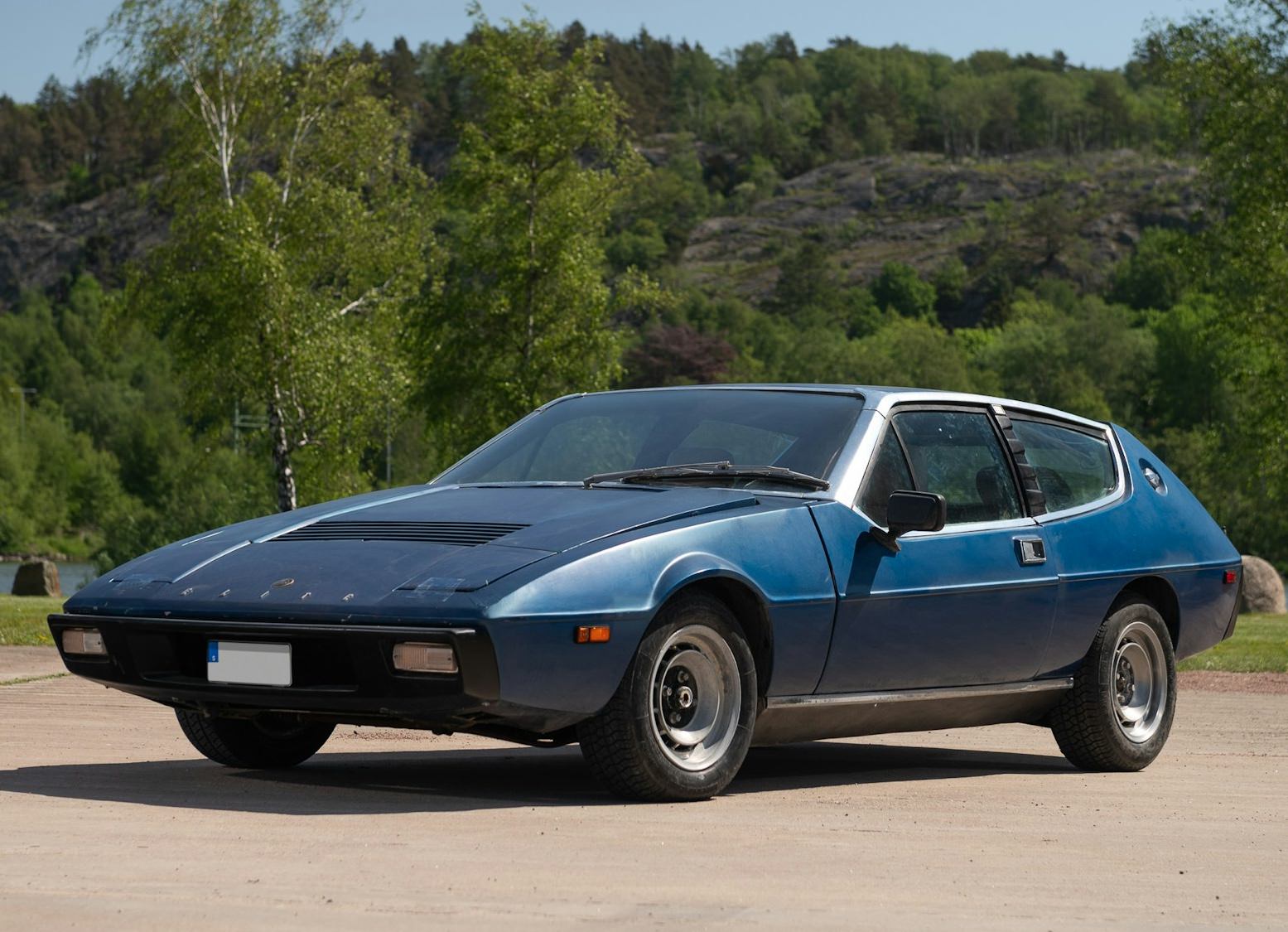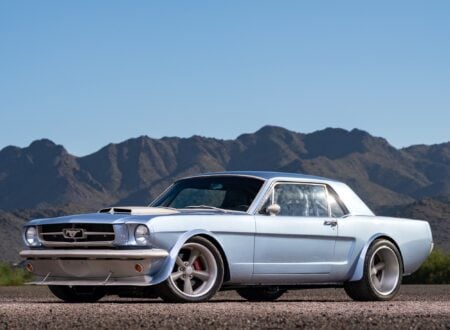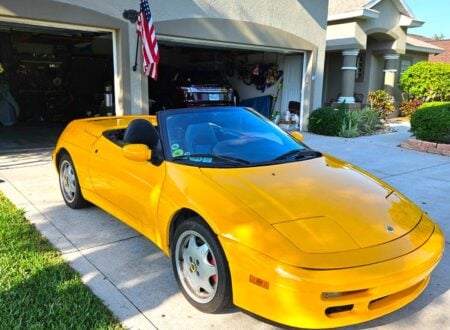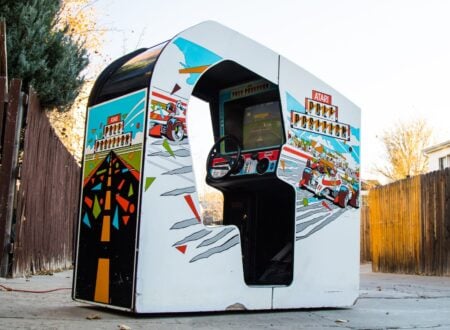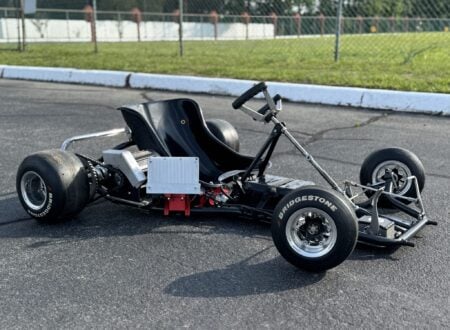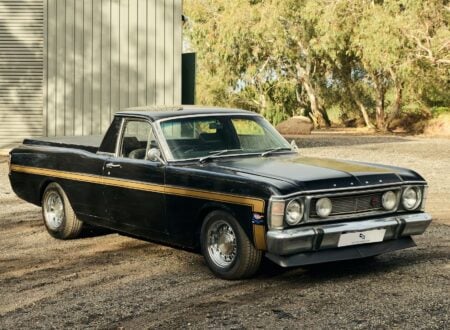The Lotus Elite has been called “the forgotten Lotus” by some, as it’s rarely mentioned among the marque’s back catalogue, but at the time of its release it was the most well-built, versatile, and downright practical car they had ever made.
When it was released in 1974 the general car buying public didn’t quite know what to make of the Elite, it was unlike any Lotus that had come before it, but the motoring media loved it, and it received glowing praise in car magazines on both sides of the Atlantic.
Fast Facts – The Lotus Elite Type 75
- The Lotus Elite, launched in 1974, is often forgotten despite being a significant step for Lotus. At its release, it was the most well-built and practical car from the company, diverging from their previous kit car reputation and aiming to compete with high-end brands like Porsche and Jaguar.
- The Elite featured new styling by Oliver Winterbottom with a wedge-shaped profile. It was built on a steel backbone chassis with independent suspension, based on the Lotus Elan and Europa platform.
- The interior was designed by Italdesign in Italy, it offered a spacious 2+2 configuration with ample trunk space and good headroom. The car debuted Lotus’s own 2.0 liter Type 907 engine, a four-cylinder unit producing 150 bhp and 140 lb ft of torque paired with a 5-speed manual transmission, and later, an optional 3-speed automatic.
- The Elite’s fiberglass body was made using the Vacuum-Assisted Resin Injection (VARI) process, a technique Chapman had first utilized in his boat company. The body was composed of two major parts joined at the belt line and concealed by a chrome strip.
- Although the Elite sold reasonably well with 2,398 units moved between 1974 and 1980, it never gained the same affection from the motoring public as other Lotus models like the Europa, Seven, or Esprit. However, it marked a pivotal transition for Lotus towards becoming a mass production sports car manufacturer.
Colin Chapman’s Problem
As the 1970s stretched out before him Colin Chapman, the founder of Lotus, was faced with a problem. He owned the multiple World Championship-winning Lotus Formula One team, and the car company of the same name, but his road cars were seen as little more than kit cars by most, and Chapman wanted them to be on par with the likes of Porsche, Jaguar, Aston Martin, and Maserati.
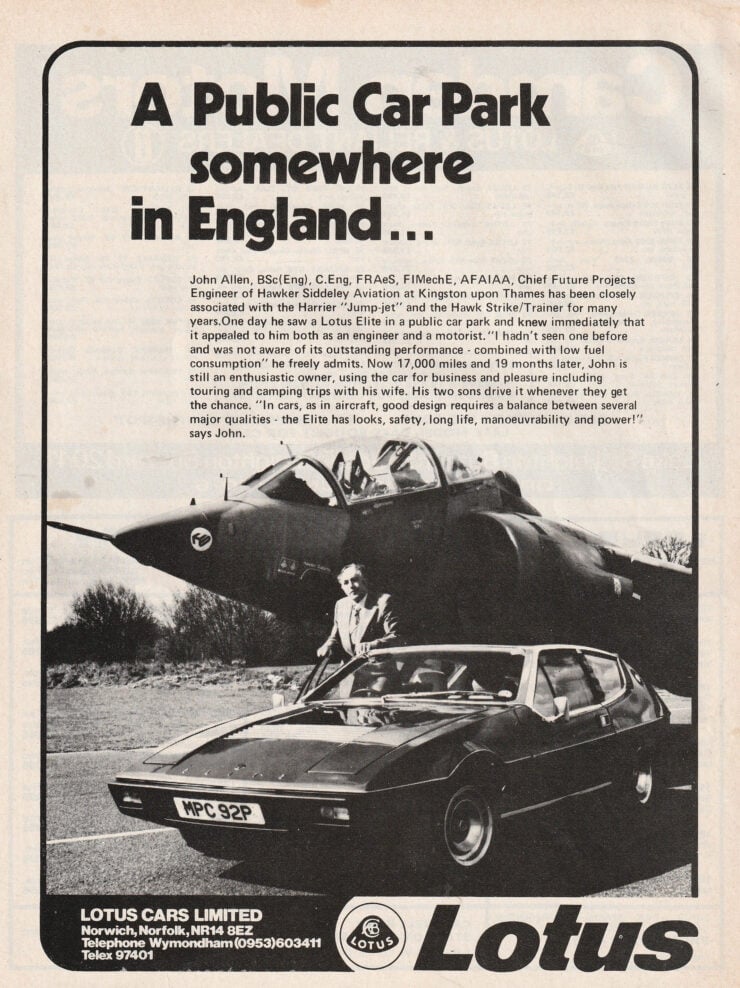

In order to elevate the Lotus brand he began the process of eliminating the company’s kit cars, this process included selling off the design of the Lotus Seven to Caterham, who then carried on production as the Caterham 7 which carries on to the current day.
The Lotus cars of the time were all very lightweight with a small footprint and nimble handling, in fact this was Chapman’s entire philosophy when it came to making cars for either the road or track. Going forward the same philosophy would be applied to his cars, but they would need to get a little larger.
The first Lotus Elite was a car completely unrelated to the vehicle you see in this article, it was a svelte two-seat coupe that was built from 1957 to 1963. Lotus revived the name for a new, more upmarket car that they released in 1974 that was known internally (and by many enthusiasts) as the Type 75.
The Lotus Elite (Type 75) Debuts
The Type 75 Elite has brand new styling penned by Oliver Winterbottom, following in the sharp crease line and wedge shaped profile that was all the rage at the time.
Winterbottom would later design the Lotus Eclat before moving to TVR and designing the futuristic TVR Tasmin, then going back to Lotus to design the (never released) Lotus M90 and to work as head of development for the Lotus Type 918 V8 engine used in the Esprit V8.
The steel backbone chassis and independent front and rear suspension arrangement used on the Elite was designed by Chapman and his engineering team, it was closely based on the pre-existing Lotus Elan and Europa models.
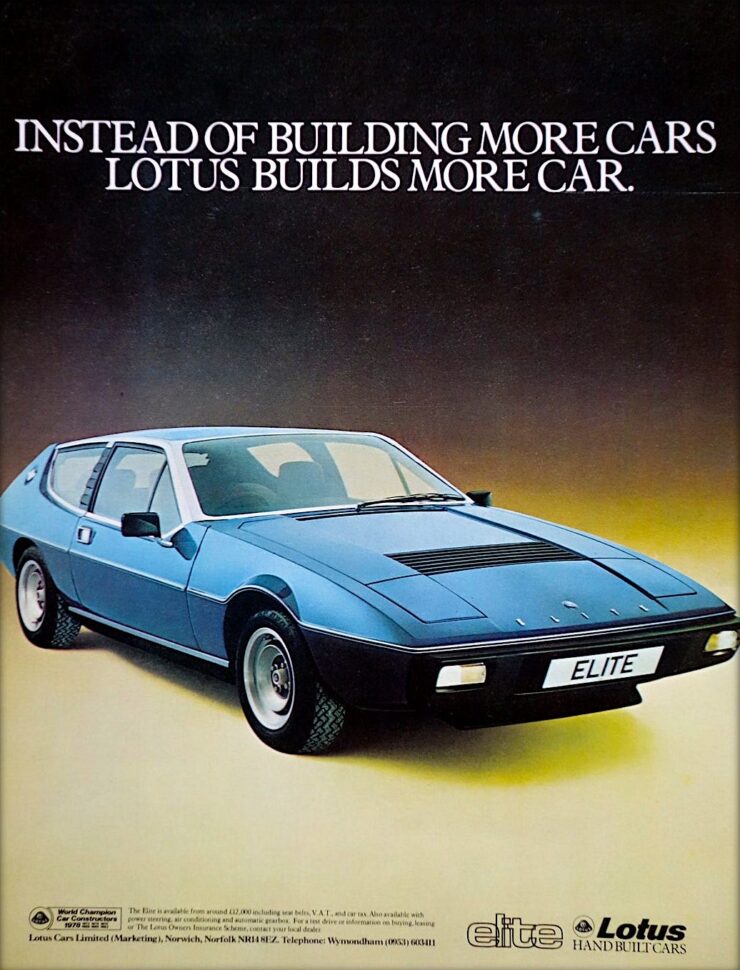

The interior of the car would be designed not in England but in Italy by Giorgetto Giugiaro’s Italdesign studio. The stylists at Italdesign did a masterful job on the car, creating a surprisingly spacious interior that could seat four adults in a 2+2 type configuration and still have room for more trunk space than many of the major manufacturer’s sports cars.
Lotus had long relied on engines brought in from other manufacturers but for the Lotus Elite they would be debuting their own four-cylinder unit called the Lotus 907. The 907 had been used previously in the Jensen-Healey, but this would be the first time Lotus had used it in one of their own road cars.
The Type 907 engine had an aluminum block and head, double overhead cams, four valves per cylinder, with 150 bhp and 140 lb ft of torque from its 2.0 liter displacement. It was an advanced engine for the time, and power would be sent back through a 5-speed manual gearbox to the rear wheels. Later in production, a 3-speed automatic gearbox would be offered, though it wasn’t a common choice among buyers.
The fiberglass body of the Elite was cast in two major parts, the upper and lower section, which were then joined at the belt line and then hidden by a chrome strip which ran the length of the car’s profile. These fiberglass bodies were made using the Vacuum-Assisted Resin Injection (VARI) process, which Chapman had first used at his fiberglass boat company.
A New Direction For Lotus
Why aren’t Camaros like this? And Mustangs? And Monzas? How can Colin Chapman, who is supposed to be a racer and therefore know nothing about passenger-car design, produce a more efficient passenger car than General Motors or Ford? – Patrick Bedard, Car and Driver Magazine, 1975
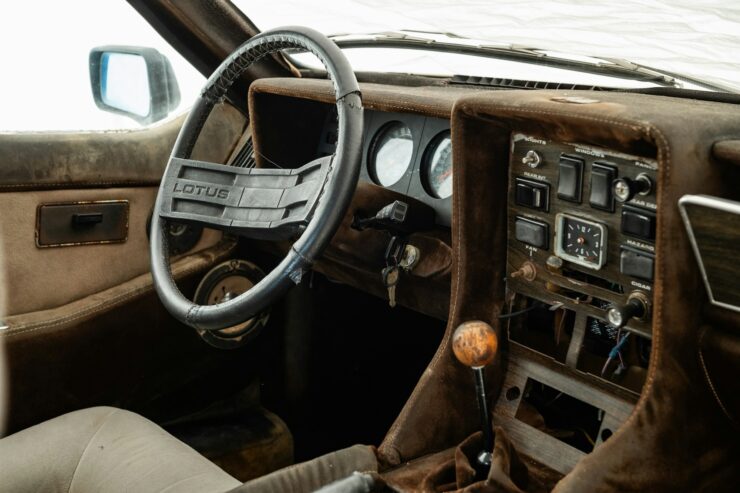

When it was first released, the Lotus Elite took many by surprise. It was a very different car for Lotus, and as is often the case with new things, not everyone liked it right away. Some still don’t. It sold reasonably well, with 2,398 being bought between 1974 and 1980, and it set the stage for many Lotus cars that would come, including the Esprit, Éclat, Excel, and others.
The Type 75 has never been as loved by enthusiasts as the Europa, Seven, Elan, or the Esprit, and it’s often completely forgotten when discussing Lotus’ history. That said, it’s a key part of the firm’s transition into becoming a “proper” mass production sports car manufacturer, it was a new direction for Lotus, and good examples of the model are becoming harder to find.
The 1979 Lotus Elite Project Car Shown Here
The car you see here is a 1979 Type 75 Lotus Elite is finished in blue over a cream velour cloth-trimmed cabin. It rides on the correct 14 inch 12-spoke alloy wheels, fitted with Michelin MXV tires, and it has 39,460 kilometers (24,519 miles) on the odometer.
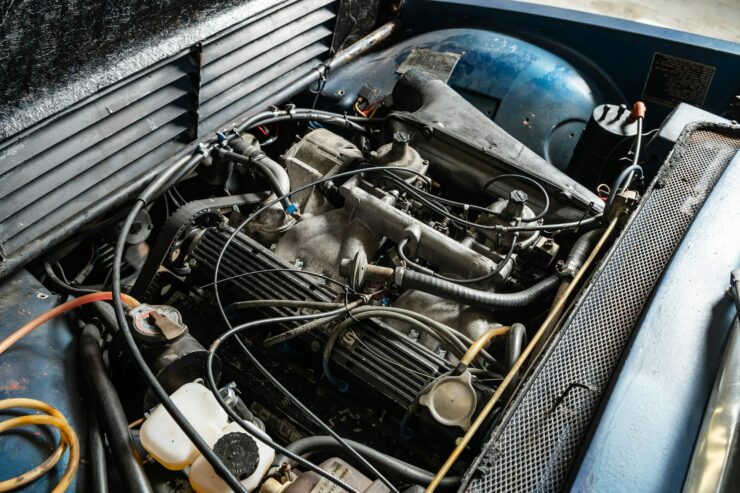

This Elite is in clear need of a restoration, or a refurbishment at the very least. The good news is that all the major parts are there, including the chassis, body, engine, and transmission, so it just requires someone with the time to invest in it and the skills to bring it back.
If you’d like to read more about it or register to bid you can visit the listing here on Collecting Cars. It’s being sold out of Gothenburg, Sweden, and it’s equipped with electric windows, ventilation controls, and a rear defroster.
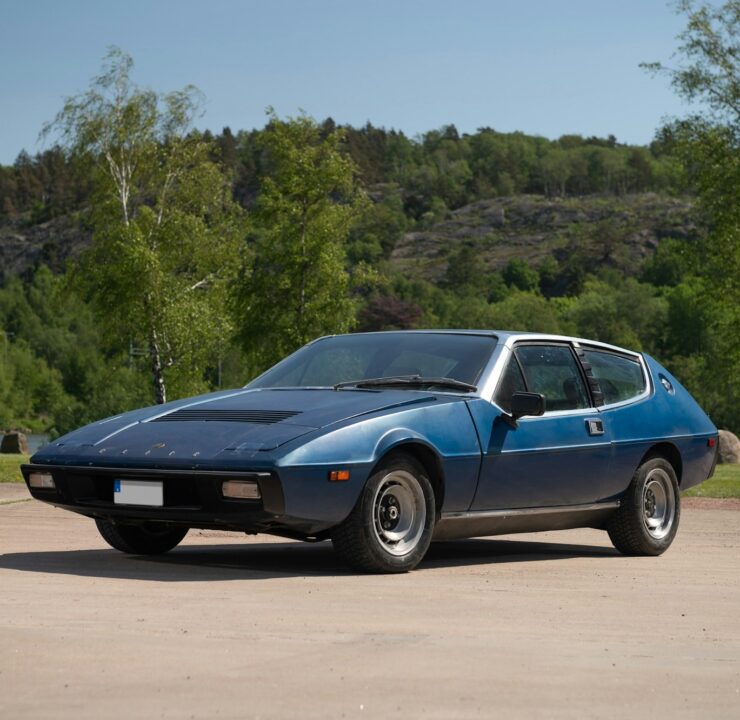
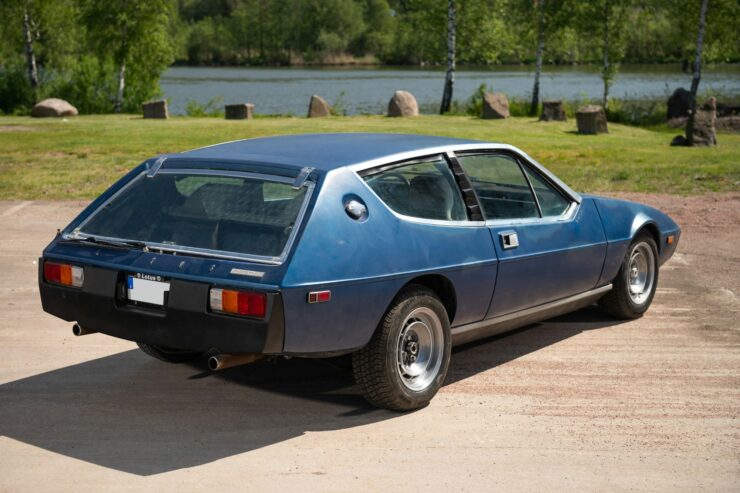
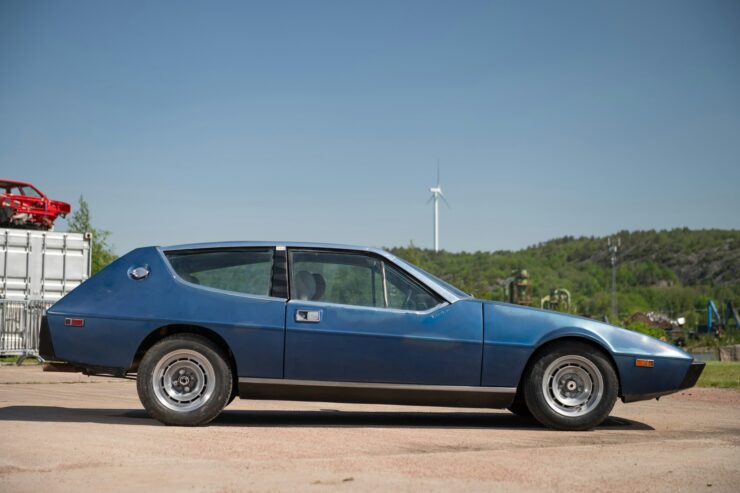
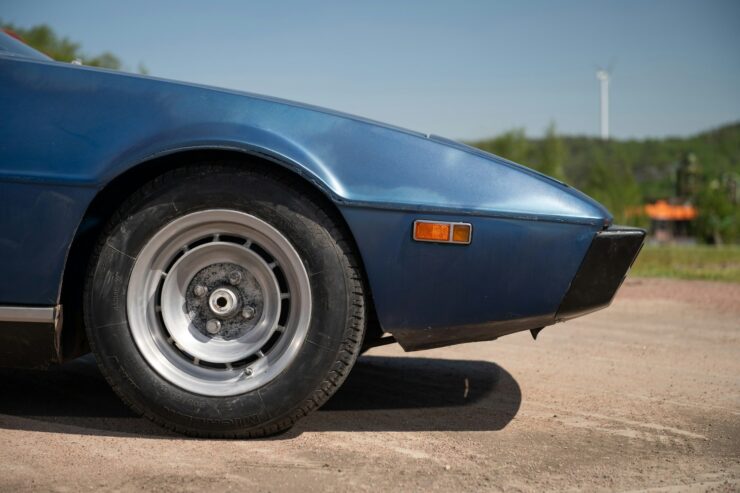
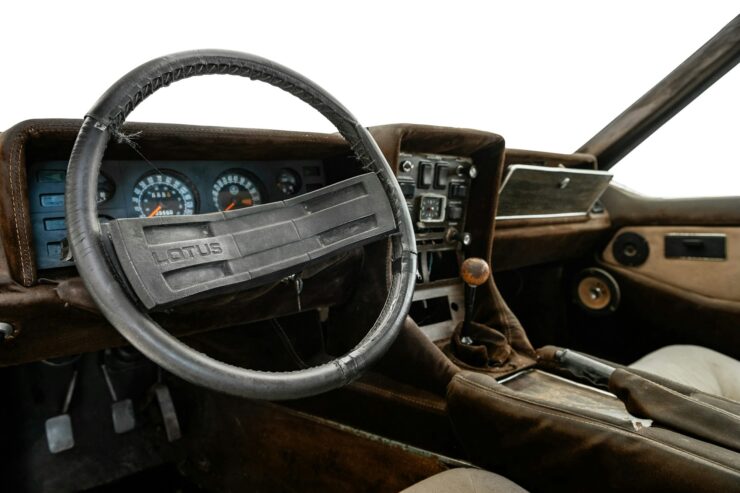
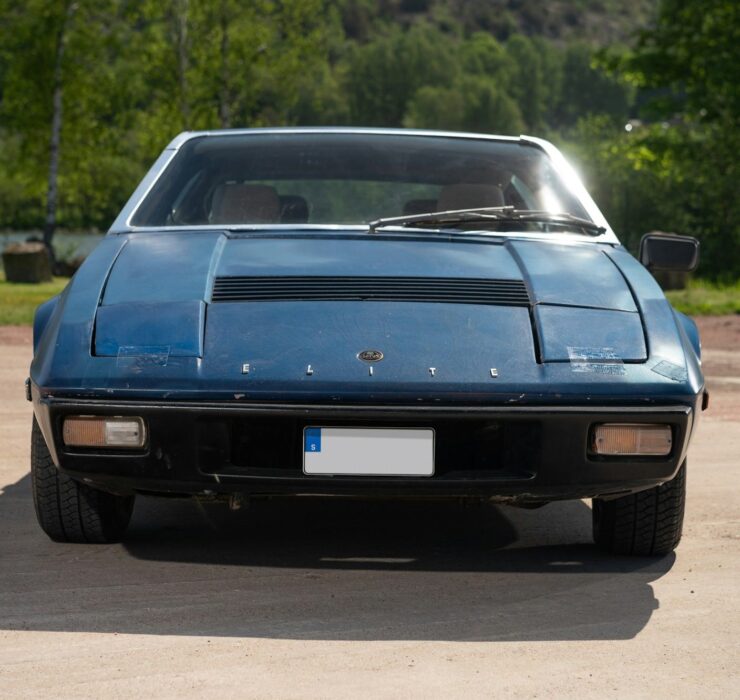
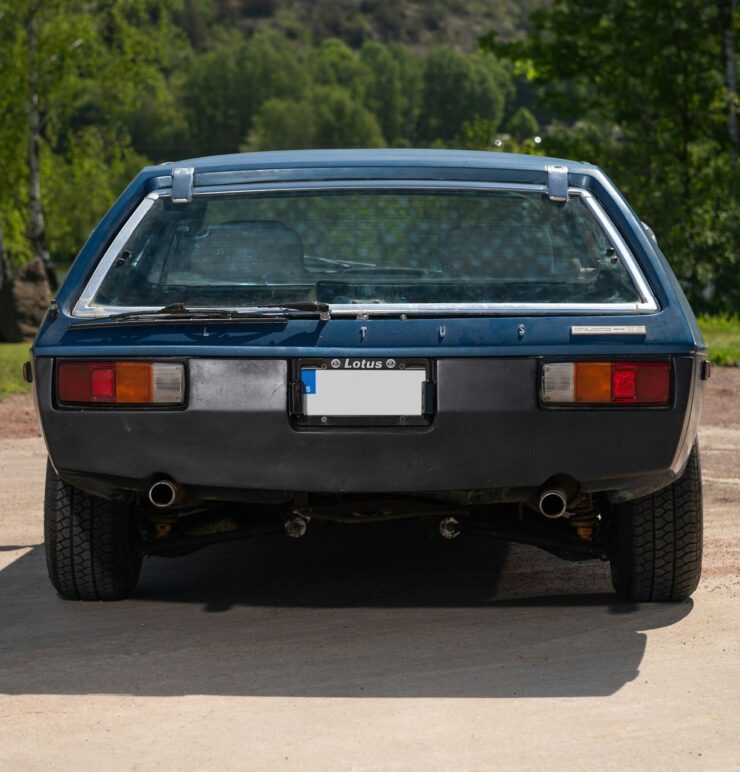
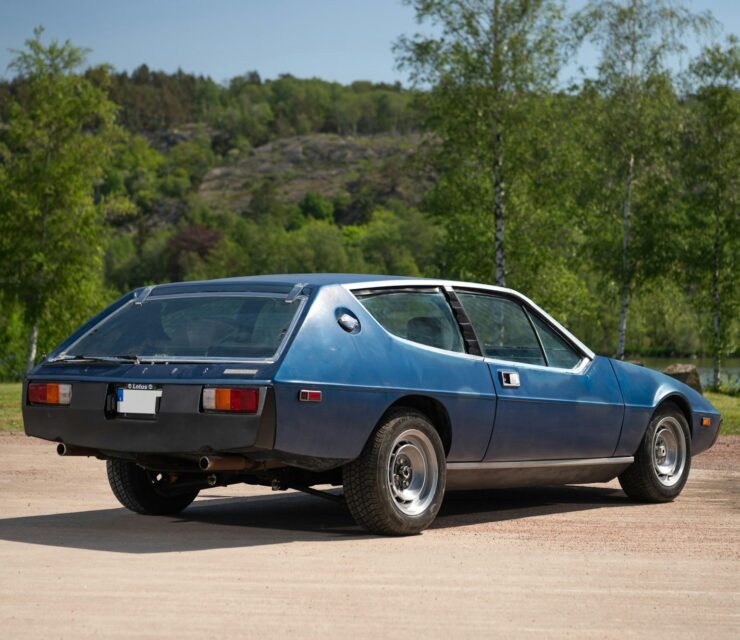
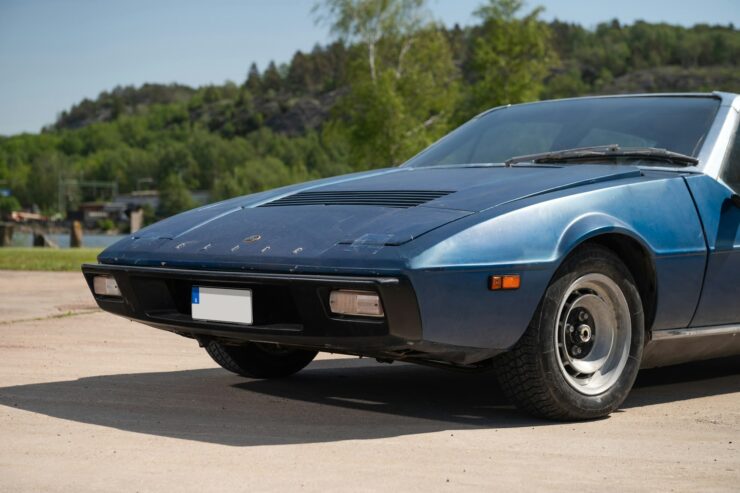
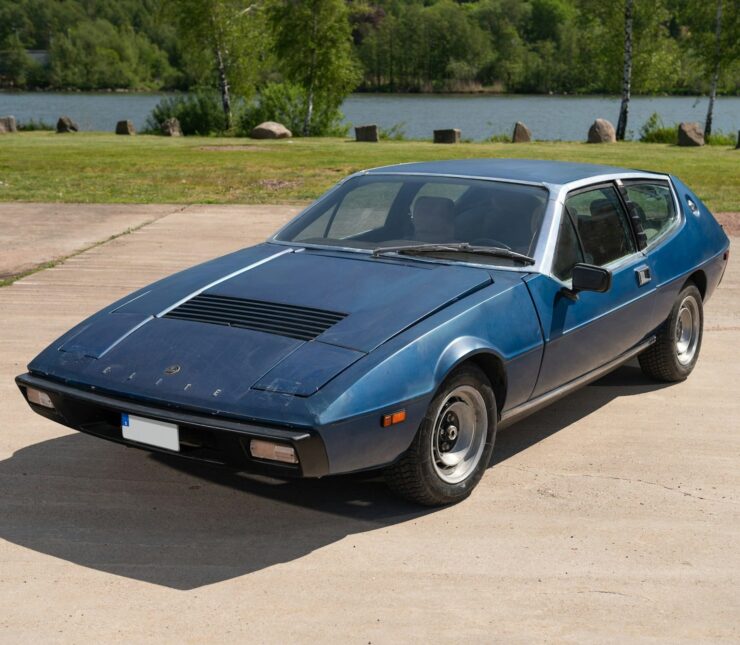
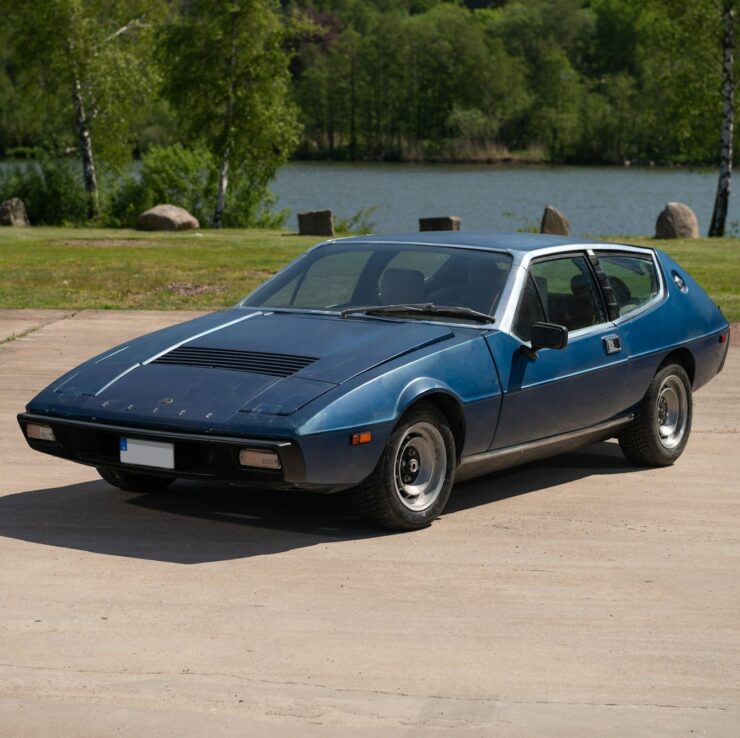
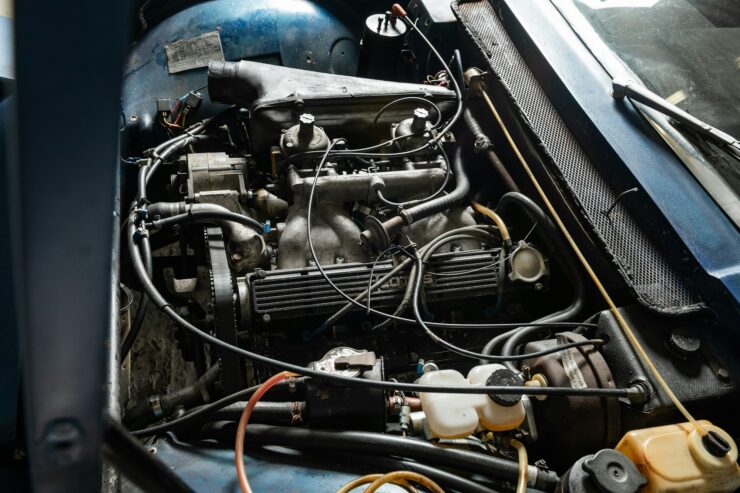
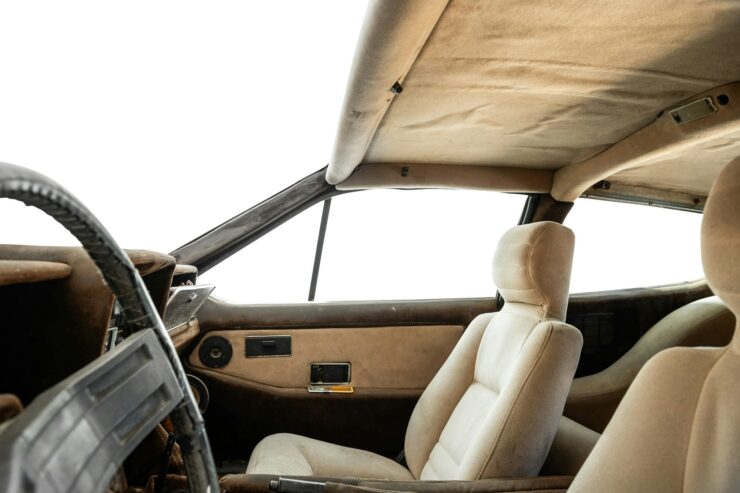
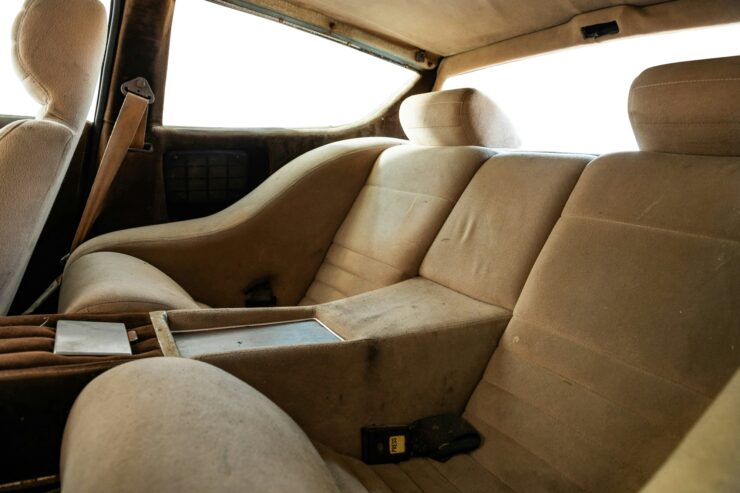
Images courtesy of Collecting Cars

